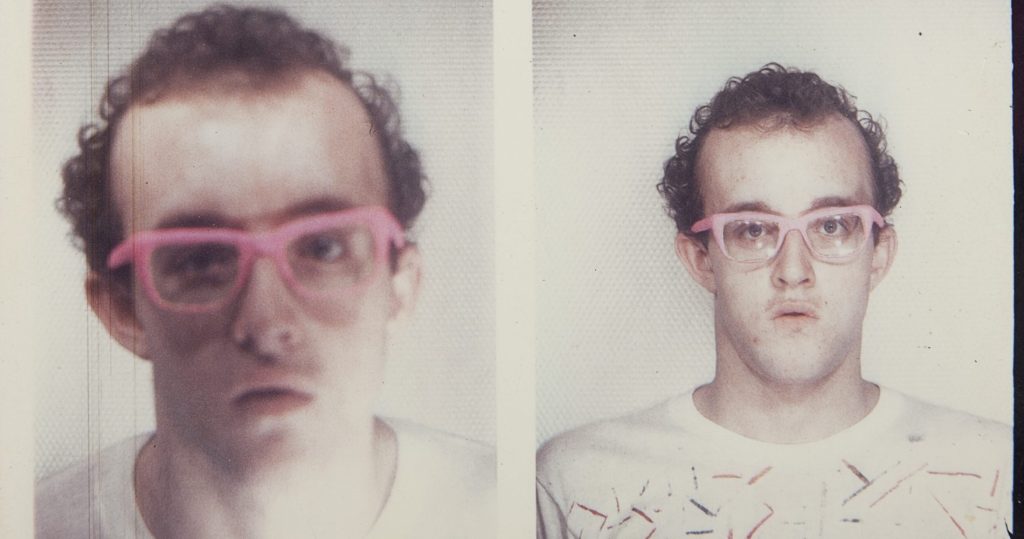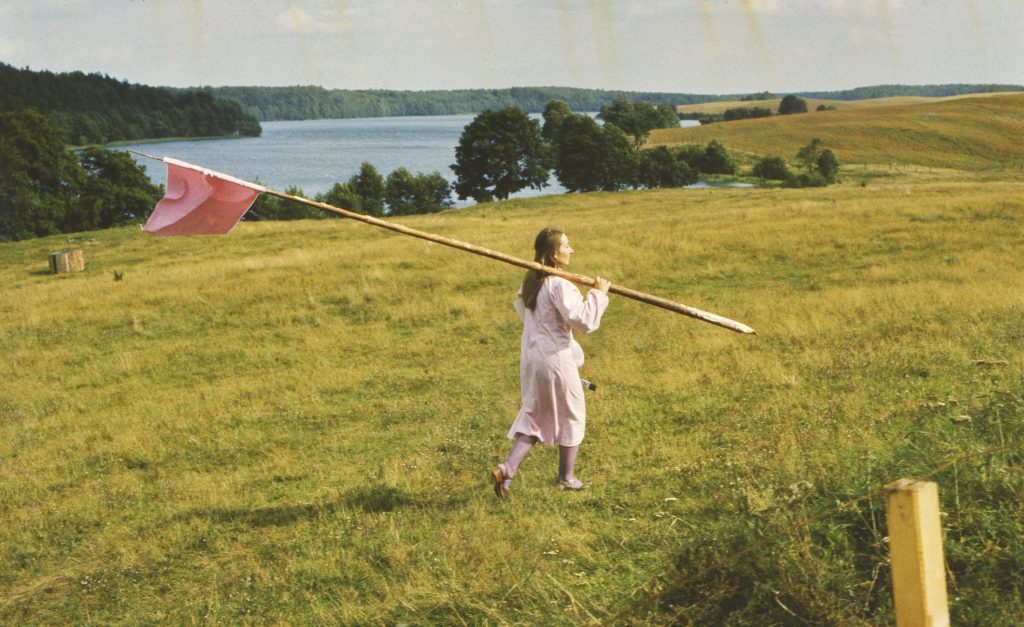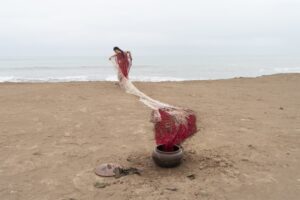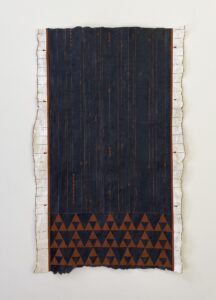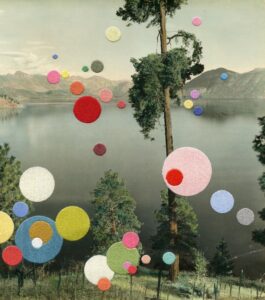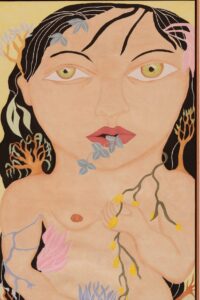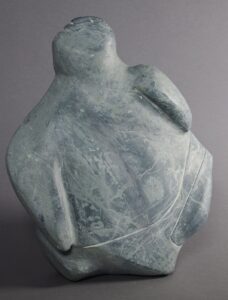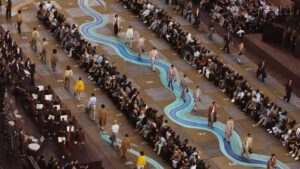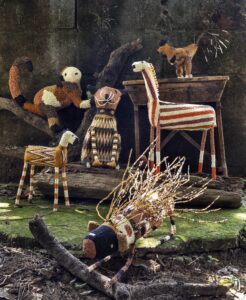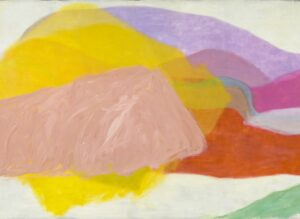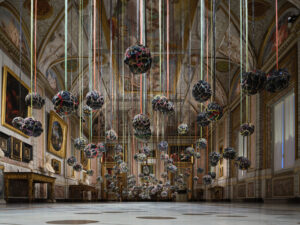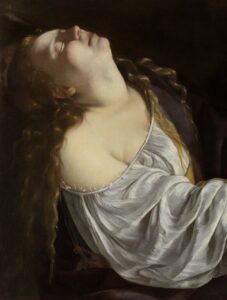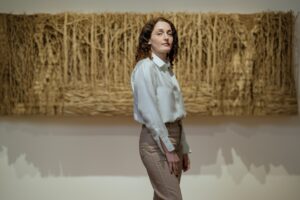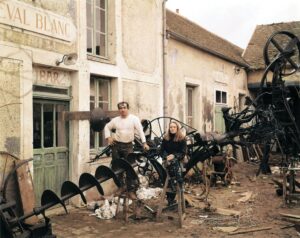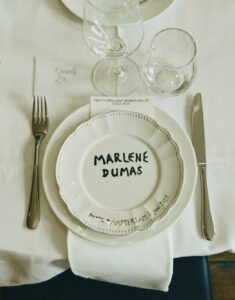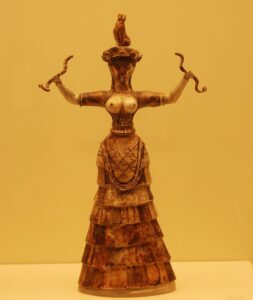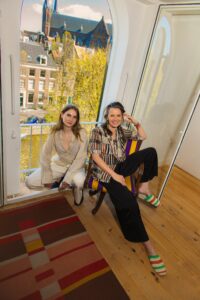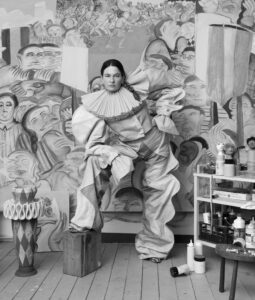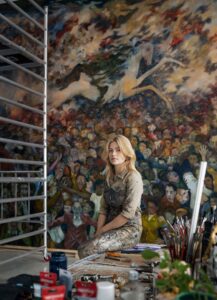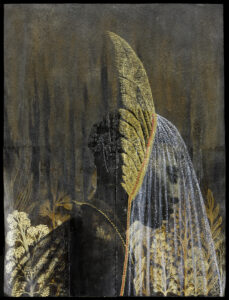Keith Haring
Noisy and Exciting
Keith Haring’s life was as fleeting as his legendary chalk drawings in the New York subway. He died young, at just 32 years old. The city was bankrupt, but among the rundown slums in the ghettos, a new wave of art was bubbling up. “It was big, noisy, busy, and exciting.” Tate and BOZAR honor Haring with a major retrospective.
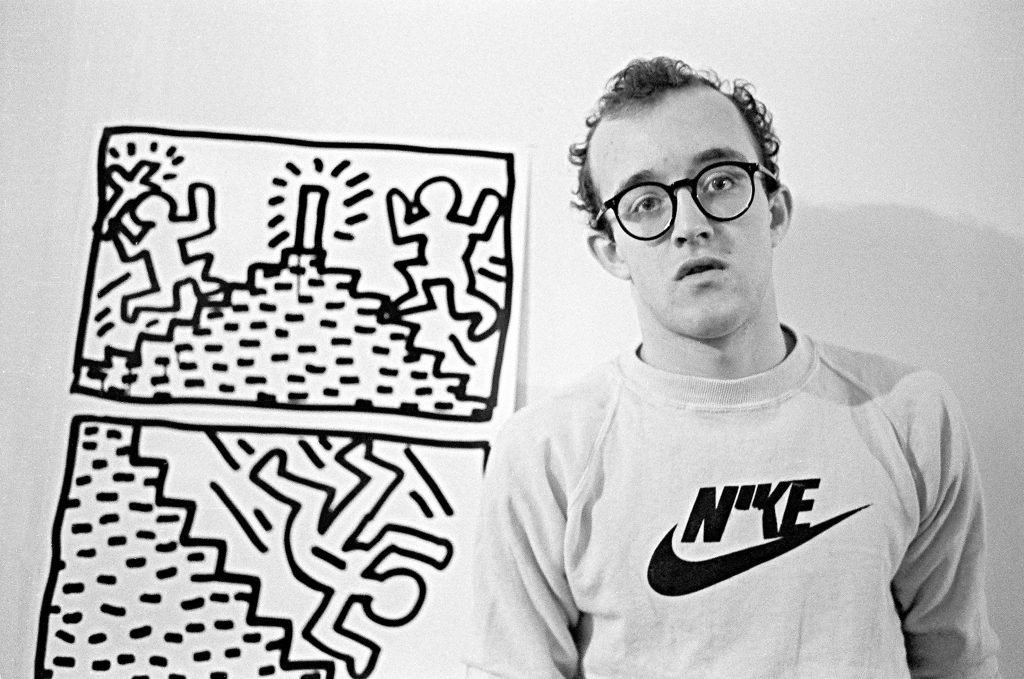
Nearly thirty years after Keith Haring’s death (1958–1990), Tate Liverpool and the Brussels arts center BOZAR are hosting a major retrospective of his work. Here, we share a New York Minute with four figures from Haring’s legendary 1980s circle of friends: graffiti artist Lady Pink (1964), who was close to Haring, photographer Harvey Stein (1941), who captured him on film, Diego Cortez (1946), who became his agent, and Chris Stein (1950) of the band Blondie, who met Haring at Andy Warhol’s home.
The New York Minute refers to the hectic, impossible-to-keep-up pace of New Yorkers. “It’s the interval between a traffic light turning green in Manhattan and the guy behind you honking his horn,” wrote Johnny Carson in his Urban Dictionary. Developments in The Big Apple moved at lightning speed during Haring’s time. The city was bankrupt, but between the gutted slums of the ghettos, a new art scene was taking shape. “It was big, noisy, busy, and exciting,” says Harvey Stein. “The art scene was thriving in Soho and the East Village, with many small galleries giving young, unknown artists a chance. Rents were low, and possibilities seemed endless.
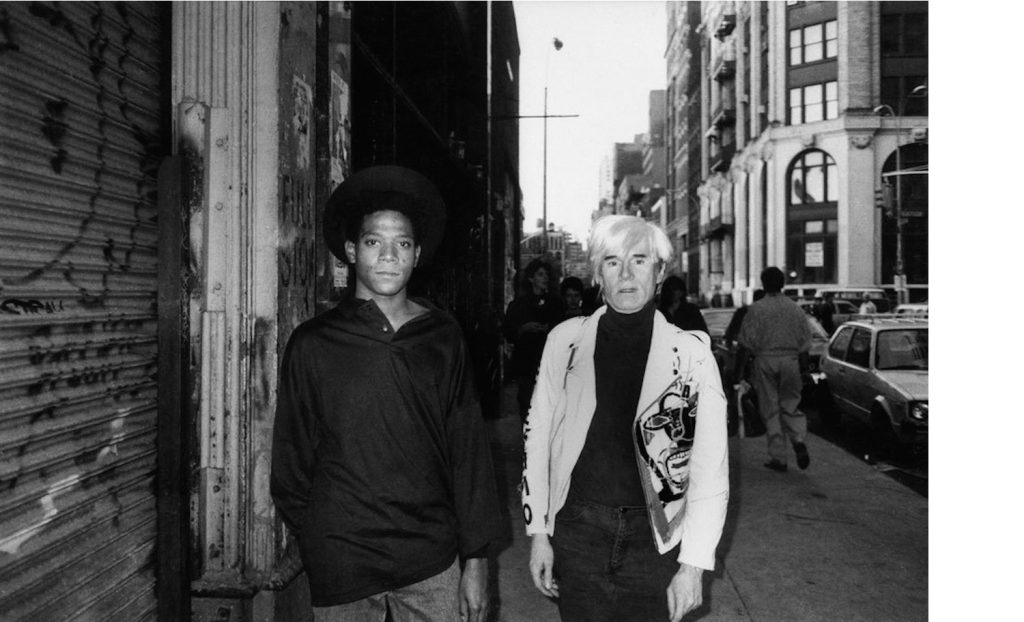
Lady Pink, graffitikunstenaar
Born in Ecuador, Lady Pink was only fifteen when she first roamed New York by night with spray cans. She’s called the “First Lady of female graffiti,” but she brushes off the title: “There were already dozens of women doing this in the ’70s. New York was dangerous, and the women teamed up in groups to do their graffiti. They mostly did tagging, not the large pieces (short for masterpieces, ed.) on trains. I could handle those because I went to art school. I started in 1979. A year later, we moved from the subway to the gallery. A whirlwind time began with exhibitions, books, and films. I was in the right place at the right time. I could paint, and I held my own. The women from the ’70s never had that opportunity.”
Graffiti art was dangerous: “We went into the ghettos, where the trains were parked. You had to carefully watch where you were going, when, and who you were with. If you ended up in the wrong place, you’d get beaten up, your work crossed out, and your paint taken.”
“I was seventeen or eighteen when I met Keith Haring. We became friends and exhibited together. He wasn’t a graffiti artist, and we didn’t call him one either. Outsiders stuck that label on him. Now everyone calls him a street artist, but that term didn’t even exist back then. I once invited Keith to come on a subway mission with me. Just the two of us, to a quiet spot so he could spray-paint a train — but he didn’t want to. He was happy making his chalk drawings on the subway platforms. He didn’t want to take that extra step into really dangerous work, diving into the tunnels with oncoming trains, cops, and bad guys who could kill you. Maybe he didn’t think it was safe enough to go out with just a little girl. What he did didn’t get him into trouble. If the police stopped him, he got away with it. He was a white boy, and his chalk drawings could be wiped off.”
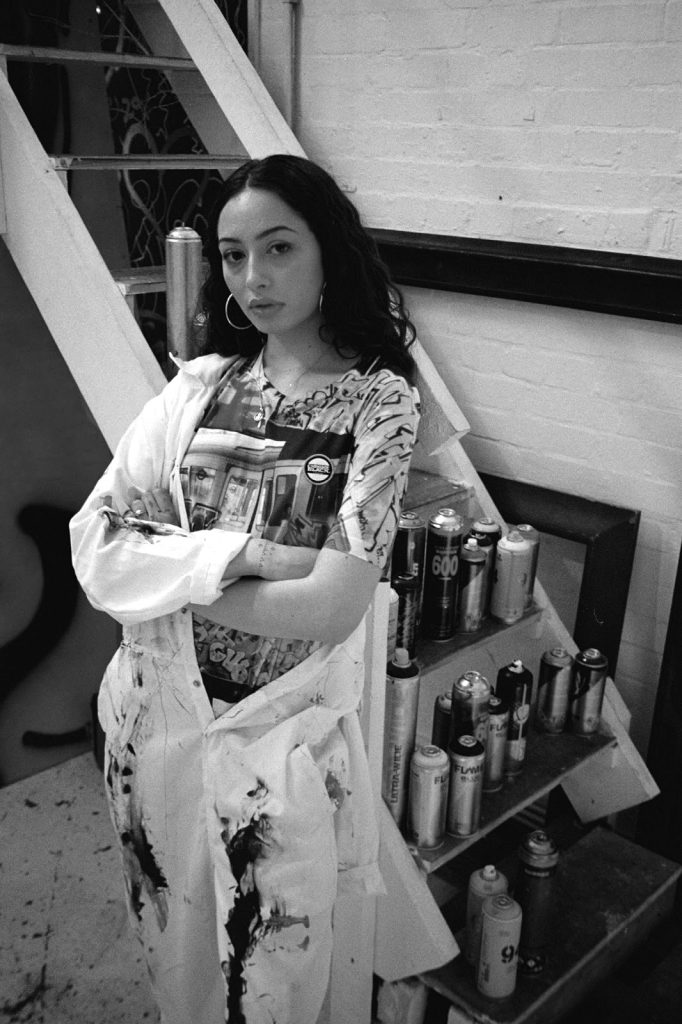
Harvey Stein, fotograaf
In the 1980s, Harvey Stein photographed 165 New York artists for his book Artists Observed (1986), including Haring. “I visited galleries and well-known artists like Warhol, Rauschenberg, and Christo, and new, young artists like Keith Haring. I saw a lot of his work in the subway. In 1982, I photographed him for an hour and a half and interviewed him at the gallery where his work was on display. What stood out was his lack of pretension. He was a nice person and smart about marketing his art. What set him apart from other artists was his openness and optimism. He enjoyed engaging with fans. I knew he had AIDS, so his death didn’t surprise me, but it was still a great loss — he was so young and full of life.”
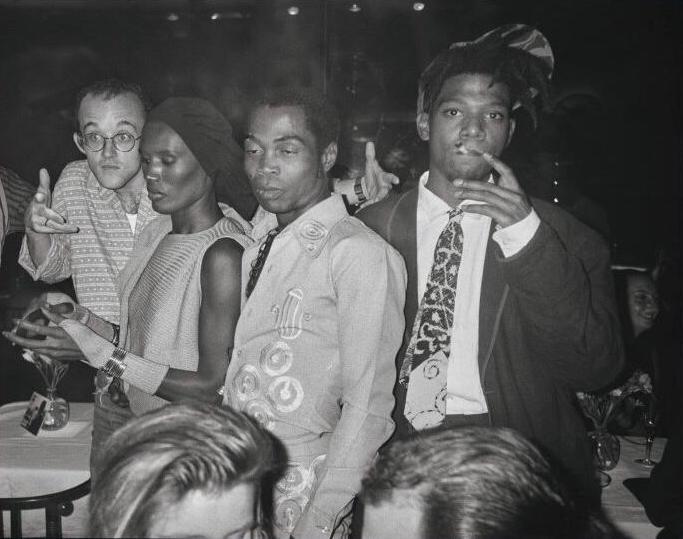
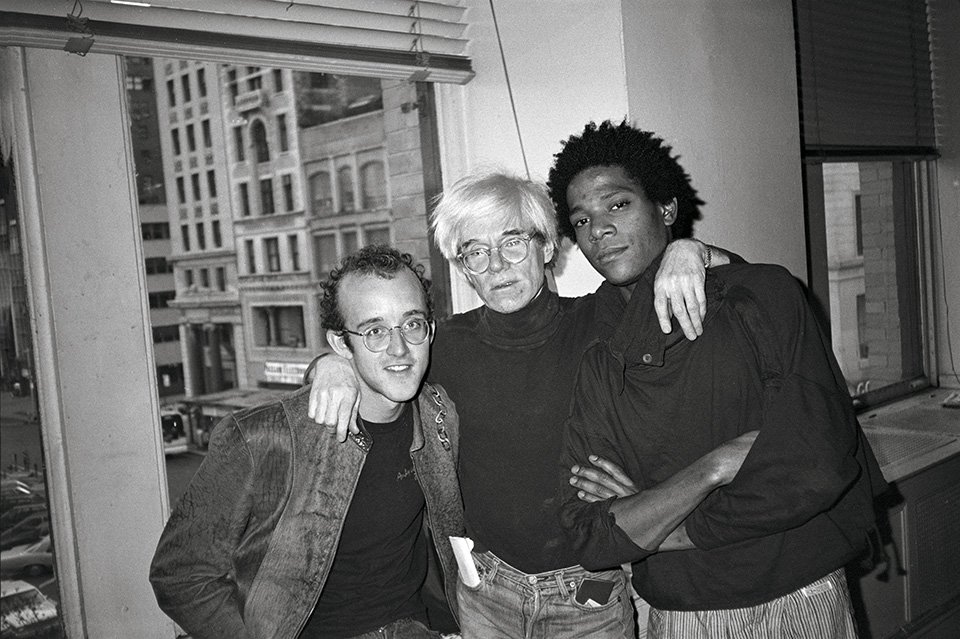
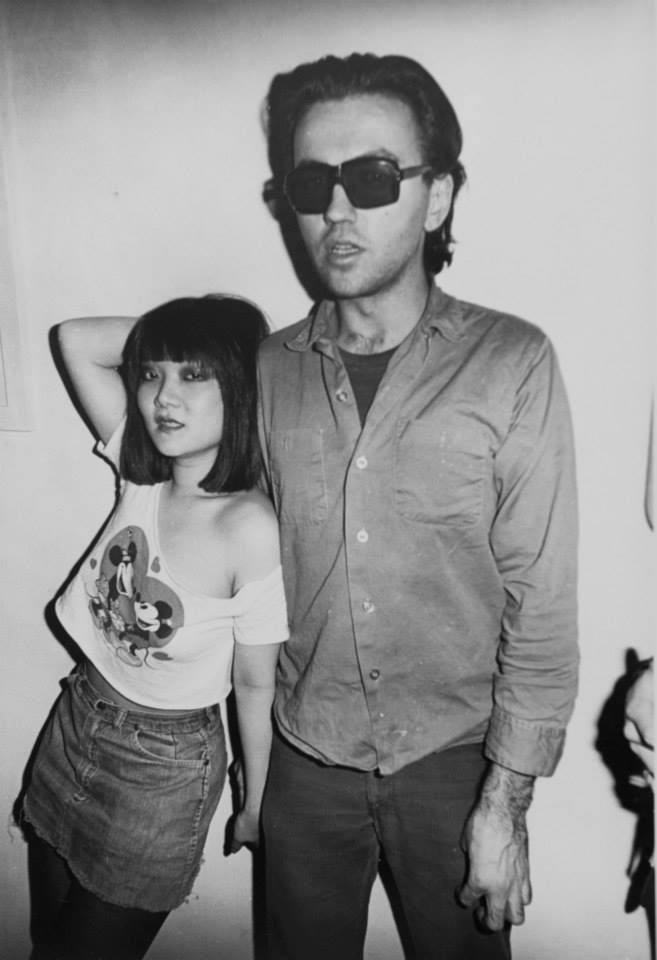
DIEGO CORTEZ, AGENT EN CURATOR
Diego Cortez, Haring’s former agent and curator of the legendary New York/New Wave exhibition (MoMA PS1, 1981), and a close friend of Jean-Michel Basquiat: “I met Keith Haring at the end of 1979 in his apartment on 1st Avenue, while researching for New York/New Wave. My boyfriend introduced me to him and Kenny Scharf. I immediately saw the significance of their work. Like with Basquiat, both the art world and the public immediately loved his work. Both artists were tied to the new 1980s aesthetic: post-pop, graffiti, street and public art. Keith and Basquiat were close friends, and they respected each other’s work. I became Keith’s agent after successfully placing Basquiat’s work with major collectors like Henry Geldzahler and Jeffrey Deitch. When Keith heard I was getting Basquiat’s work into serious collections, he asked me to represent him. He gave me several works to sell, which I later returned, all unsold. My relationship with Keith wasn’t as easygoing as the one I had with Basquiat. Shortly before his untimely death, Keith apologized and told me how much he appreciated my belief in him as an artist.”
According to Cortez, Haring’s early Sumi ink drawings on parchment from 1981 are among his best work. “Keith gave me twenty to sell. They were in a tube I left behind on the train. I realized it as the doors closed. I tried in vain to open them and shouted to the conductor: ‘Help! Open the doors!’ The train left the station, and I never saw the drawings again. I told Keith. He said, ‘Don’t worry, I’ll just make new ones.’ Today, each of those drawings could be worth up to five million dollars.”
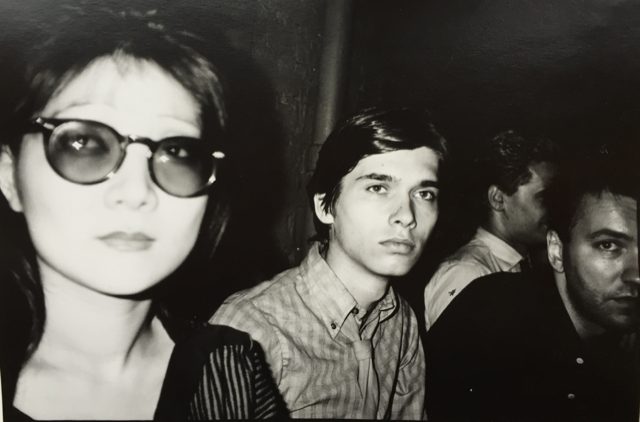
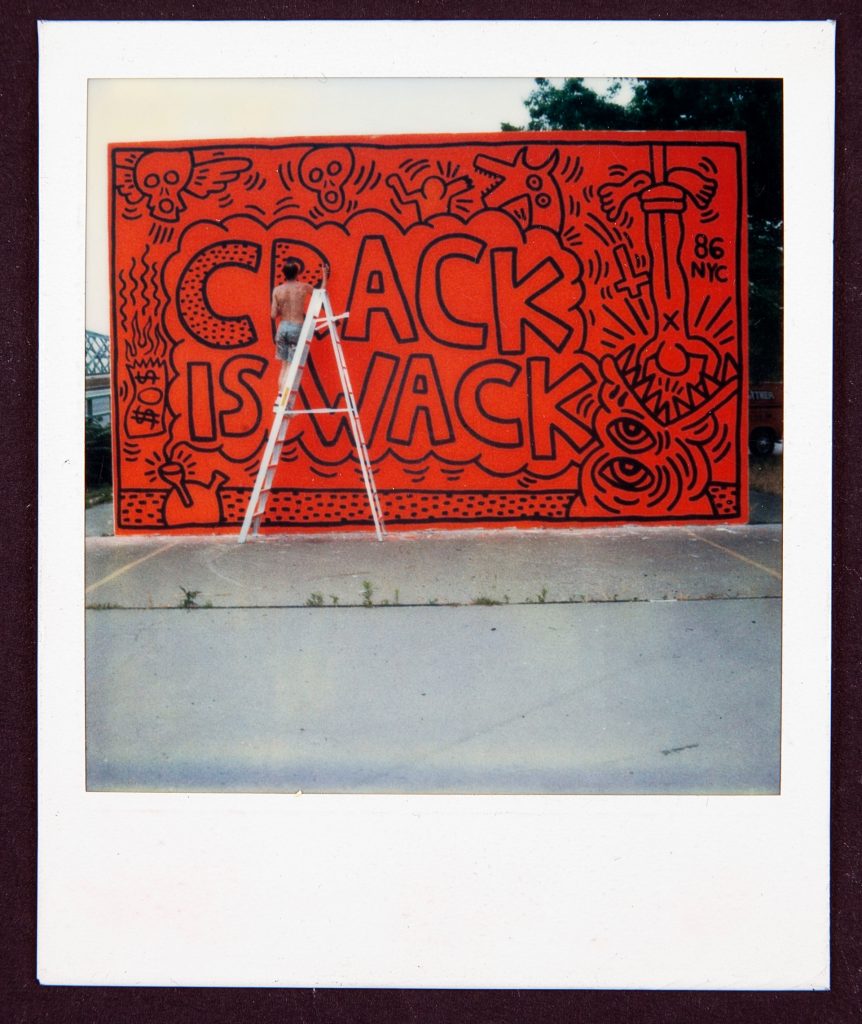
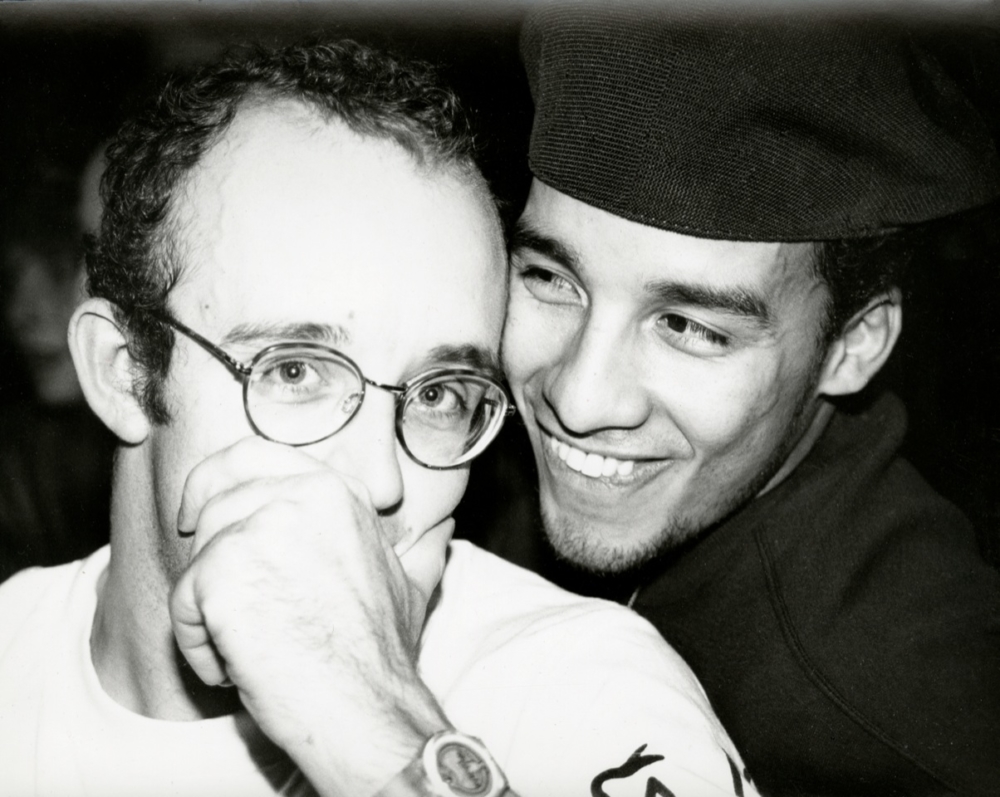
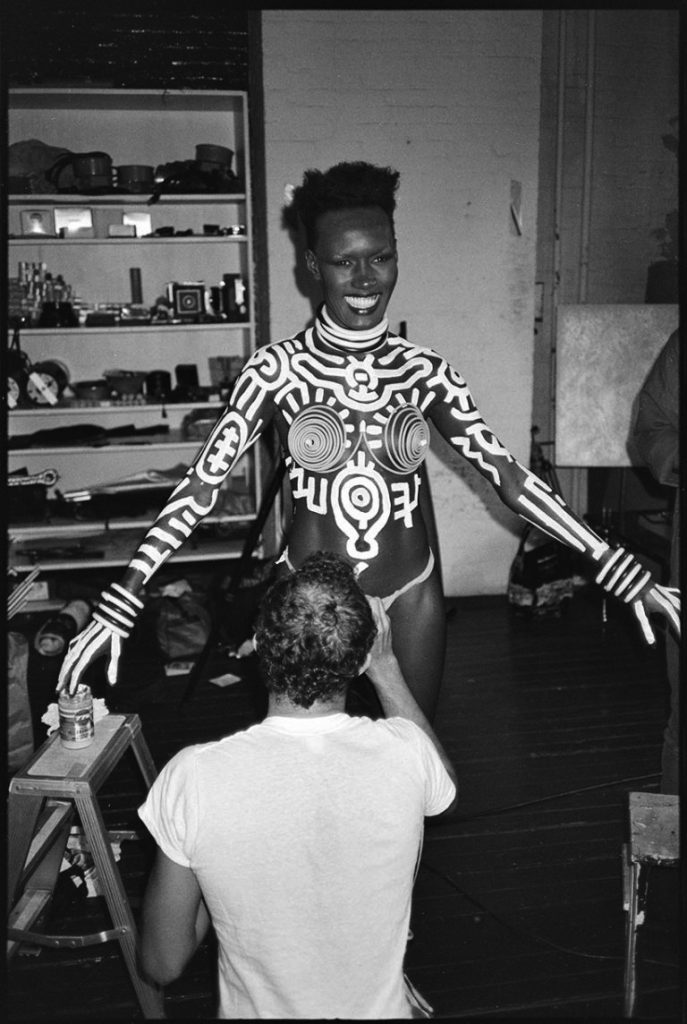
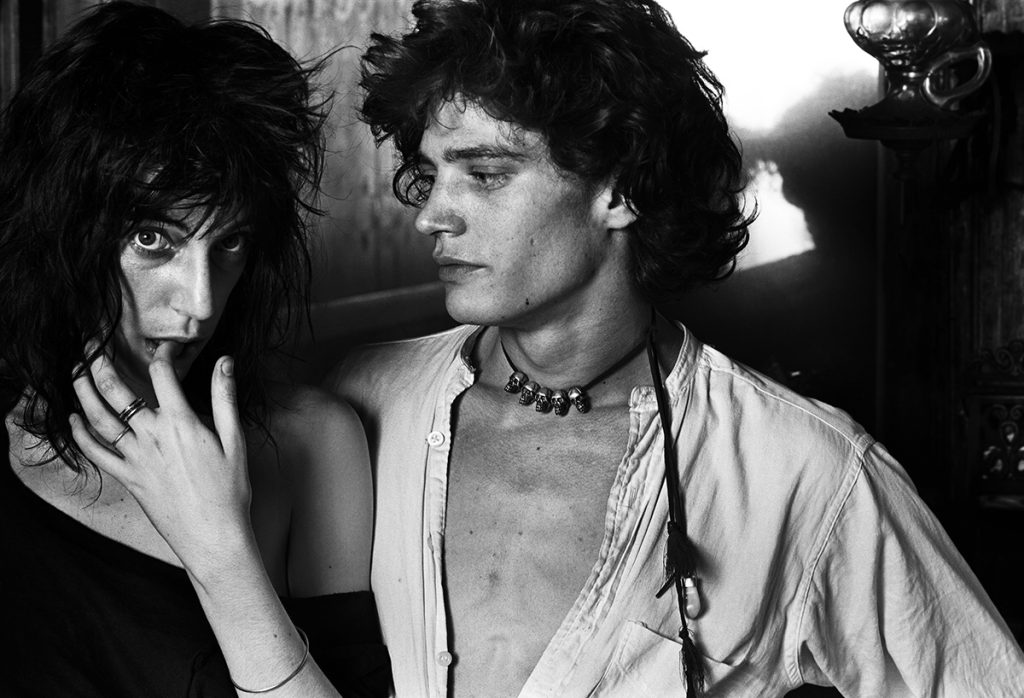
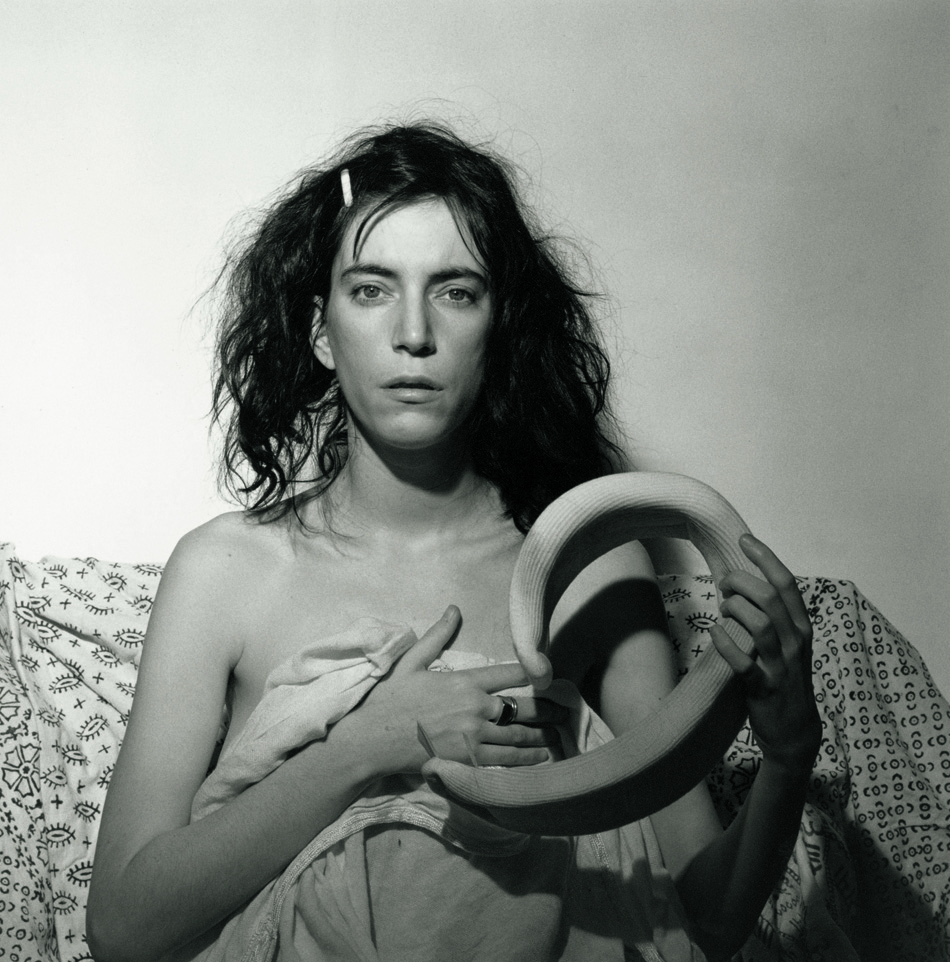
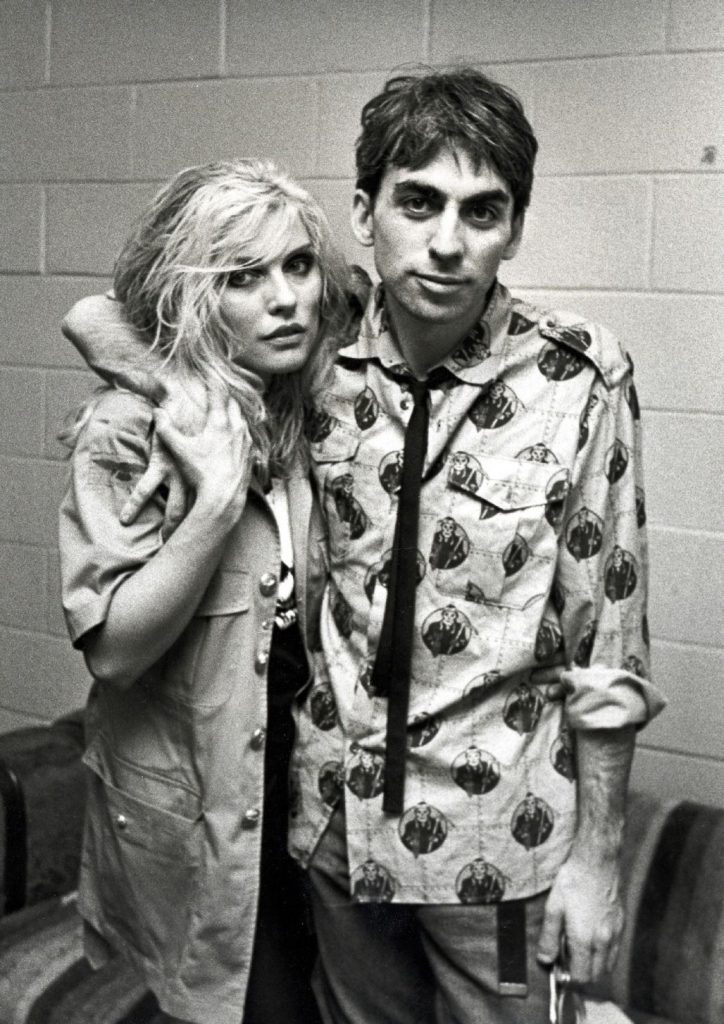
CHRIS STEIN, GITARIST BLONDIE
Chris Stein, co-founder and guitarist of the band Blondie, saw Keith regularly: “He also came to our shows. One day I was at the Factory with Andy Warhol and Keith. Andy gave me a poster of him and Basquiat. Andy signed it, and Keith drew a cartoon dick on Andy’s image and hair extensions on Jean-Michel’s. He signed the poster too — it’s hanging in my house. Keith’s style was so distinctive. He created a simple iconography that endures. It speaks to his talent for creating something deeply personal that resonated with the entire world.”
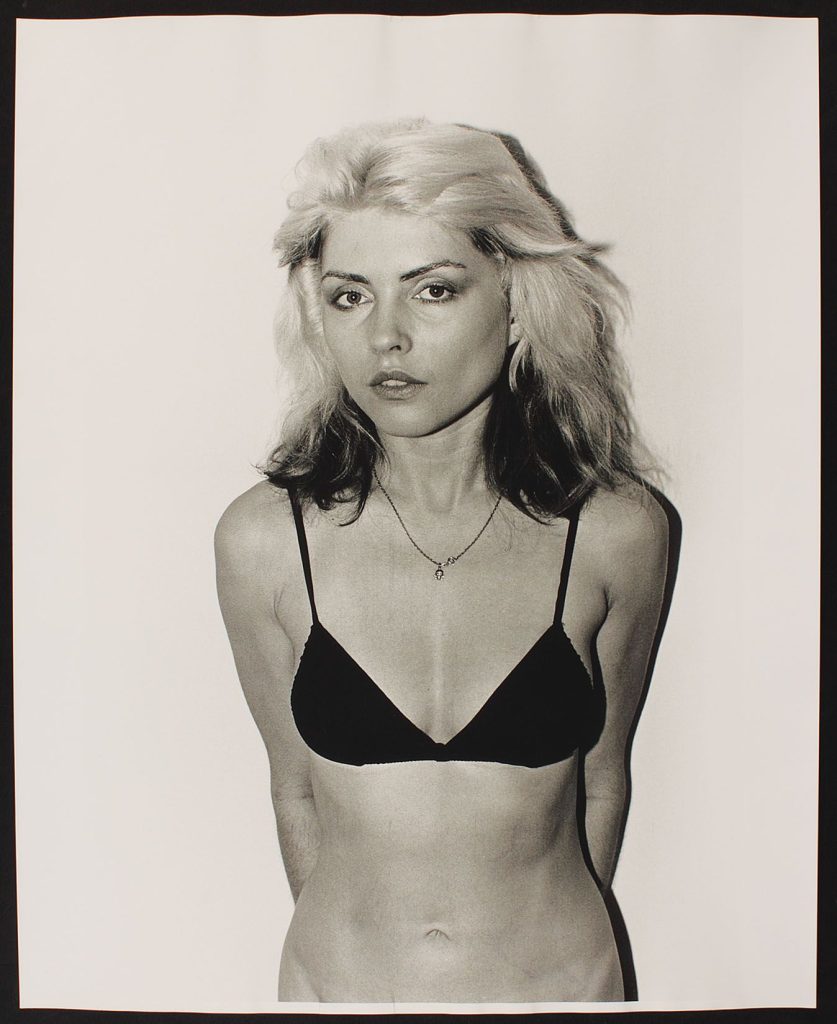
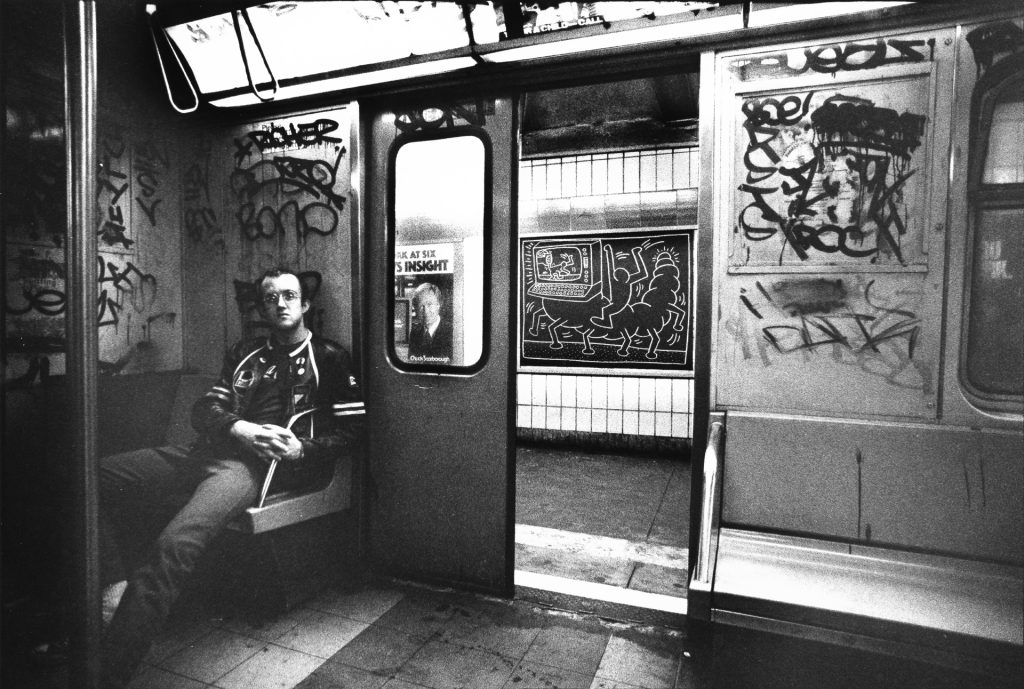
OVER KEITH HARING
Tate Liverpool, BOZAR, and Museum Folkwang are presenting a major retrospective of work by legendary American artist Keith Haring (1958–1990). A friend and contemporary of figures like Andy Warhol, Jean-Michel Basquiat, Patti Smith, and Robert Mapplethorpe, Haring was a unique and striking figure in 1980s New York. With his instantly recognizable style, he played a key role in the counterculture. Haring is best known for his iconic motifs: barking dogs, crawling babies, and flying saucers. He wanted to create “public art,” which he spread through his Pop Shop, the media, the subway, and urban public spaces. He drew inspiration from abstract expressionism, pop art, Japanese calligraphy, and the work of New York graffiti artists. A powerful body of work that still feels remarkably relevant today.
‘One of the shows of the year’
— The Telegraph
‘Silly and earnest, simple and sophisticated, playfully camp’
— The Times
